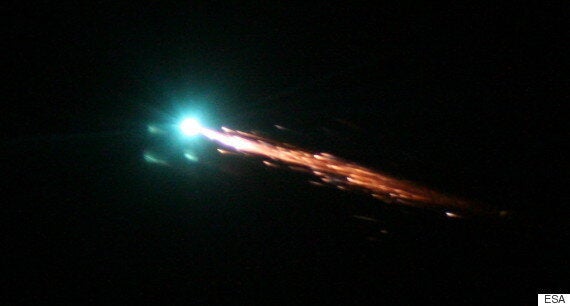Houston, we most definitely have a problem.
At around midday on 16 July 2015, the crew of the International Space Station were asked to move into the Soyouz spacecraft and take shelter as a piece of space debris passed dangerously close overhead.
Thankfully the piece of space junk passed by well clear of the station and while it's clearly a relief that no-one was hurt, this is not the first time this has happened.
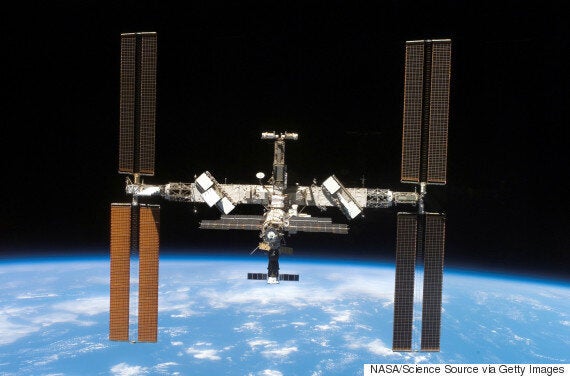
It is in fact the fourth time that this has happened, and while NASA has been tracking junk since the space program started it highlights a potentially lethal problem that as yet, we don't have an answer for.
Every 92 minutes, the International Space Station completes its orbit around the Earth. Travelling at a speed of around 17,150 miles per hour or 5 miles per second. It's pretty nippy when you consider it's around the size of an American Football field.
The problem is that there are lots of other things orbiting the Earth in 92 minutes, some even quicker. While NASA tries to keep a watchful eye over all of them, decades of space exploration has turned the space around Earth into a traffic jam of over 500,000 pieces of space litter all moving at up to 17,500mph.
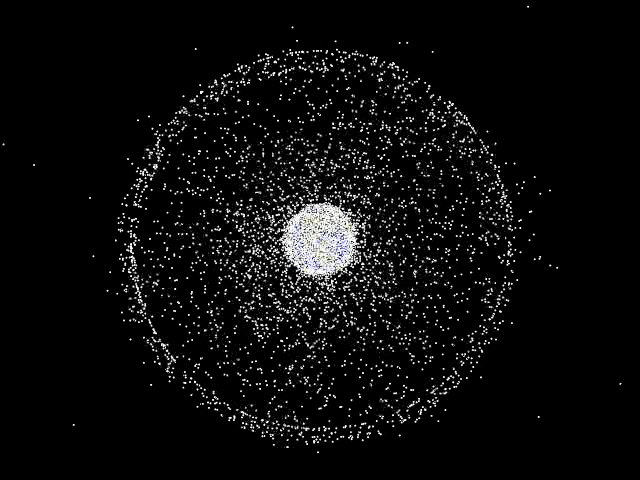
This representation of those 500,000 pieces is a stark indicator of the problem at hand, but what you're seeing is actually just a fraction of the potentially hazardous material that we've dumped into space.
NASA officially classifies and tracks space junk as anything over the size of a marble. While that may not sound like much, imagine a marble hurtling towards you at over 17,000mph and you'll begin to get an appreciation of the problem.
Then of course there's everything that's larger than a marble. It's estimated that there are around 20,000 pieces of space junk over the size of a softball. Soft is an unfortunate but apt word because even an actual softball travelling at 17,000mph is a fatal force to be reckoned with.
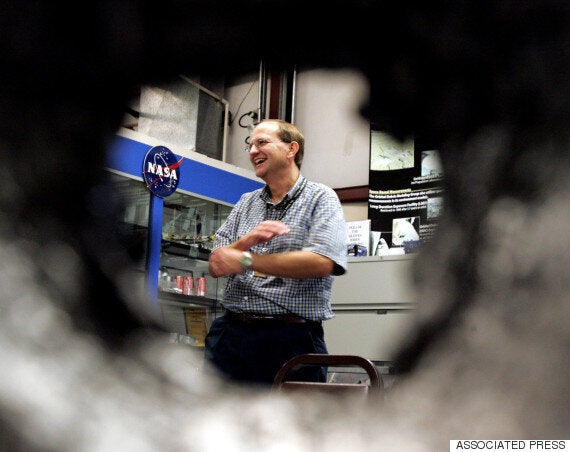
NASA scientists Mark Matney is seen relaxing in between tests on the effects of space debris - this fist-sized hole in a 3-inch thick piece of aluminium was created by something no bigger than a thumb.
Finally, you have everything that's smaller than a marble and that NASA can't track. That's where things start to get problematic because even a fleck of paint is enough to do the same damage to a spacecraft's window as a pebble would to a car's.
Fine if you're in a car, simply pop down to your local supermarket and a nice man will offer to fill in the chip with some resin. Not so fine if you're 248 miles above the Earth's surface.
Incredibly, space debris has caused very few accidents involving humans. Partly because there are almost no humans in space, but also because much of the contact takes place between satellites.
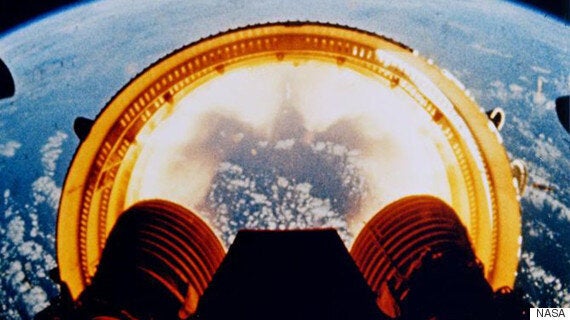
Junk like this second stage might be trackable, but if it collides with something else the resulting debris will be too small to manage.
Then of course there's human nature, and our need to destroy things in big explosions. In 2007 a Chinese anti-satellite test successfully destroyed one of its old satellites. That little stunt added a further 3000 pieces of space debris to orbit.
Then in 2009 a defunct Russian satellite collided with a still operational U.S. Iridium commercial satellite, the explosion caused over 2,000 pieces of new debris to be added into orbit.
Is There A Solution?
There are a number of solutions in place, none of them concrete but thanks to evolving technologies they are becoming more realistic.
The ESA's e.DeOrbit mission is one of those. Accepting that at present the 500,000 pieces of junk are going to be almost impossible to collect straight away, e.DeOrbit instead focuses on the largest pieces of junk with the hopes of preventing further collisions which could cause even more debris.
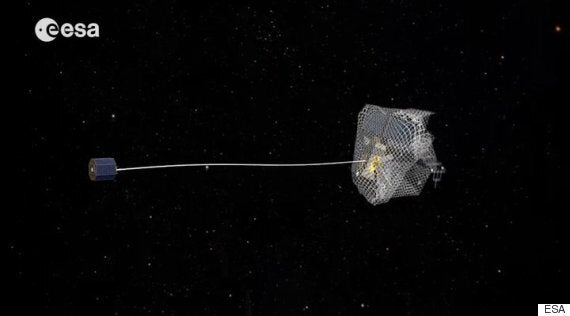
Once launched via a VEGA rocket, e.DeOrbit will then track down a piece of large space debris. Once found the ESA has a range of different capture mechanisms that it's currently exploring:
Throw-nets have the advantage of scalability – a large enough net can capture anything, no matter its size and attitude. Tentacles, a clamping mechanism that builds on current berthing and docking mechanisms, could allow the capture of launch adapter rings of various different satellites.
READ MORE:
Finally, the spacecraft will have to tow the piece of debris down into the atmosphere destroying both.
In the long-term however the key is prevention. Elon Musk's Space X company has been working hard over the past five years to finally create a rocket that can be launched and entirely recovered for re-use.
The rocket program has made slow but significant progress. The ESA encourages the active destruction of vehicles that can't be recovered, suggesting that companies deliberately put in place systems on board future satellites and vehicles that allow them to burn up in the atmosphere at the end of their lifespan.
